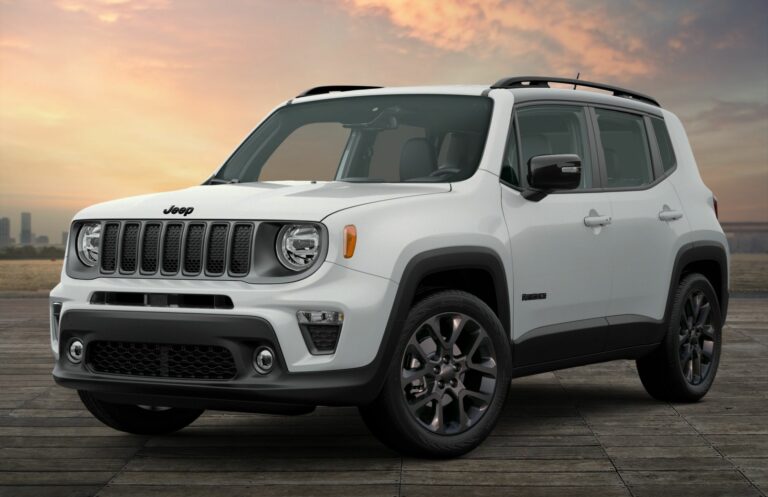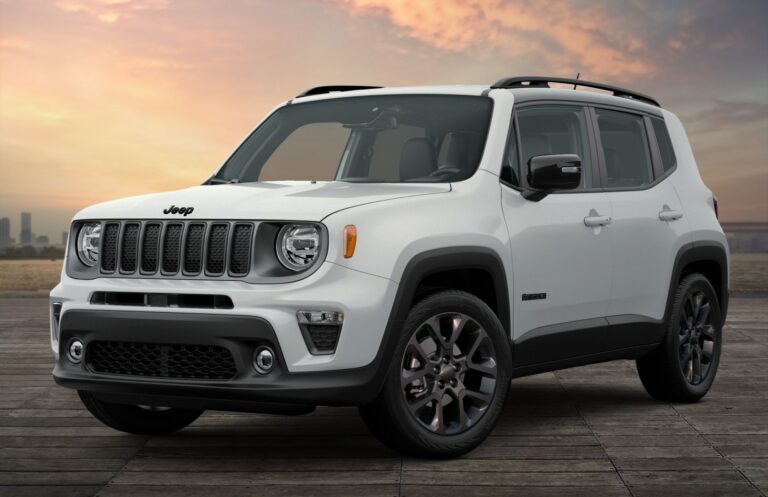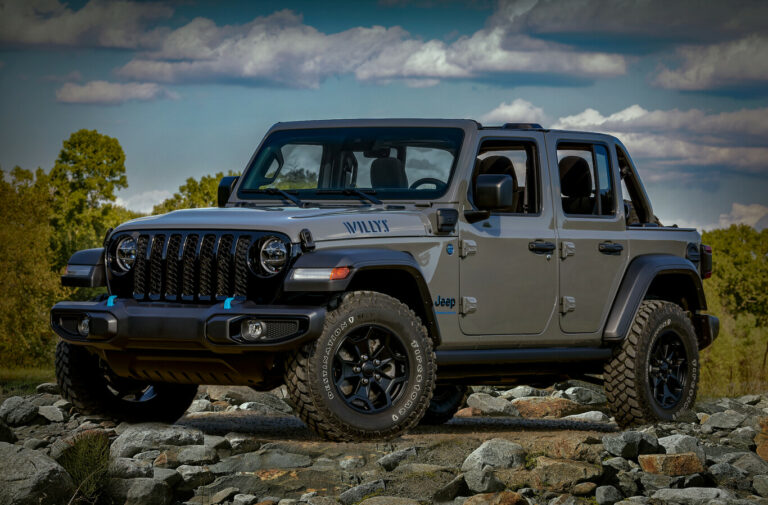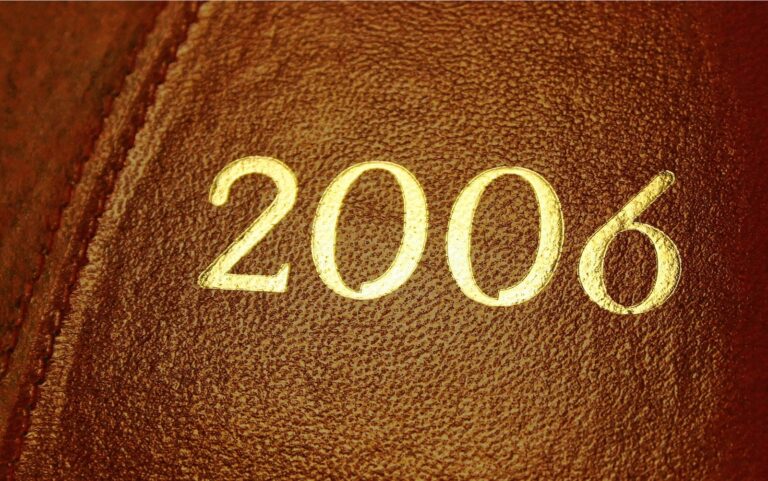Old Willys Jeep For Sale: A Comprehensive Guide to Buying and Owning an American Icon
Old Willys Jeep For Sale: A Comprehensive Guide to Buying and Owning an American Icon jeeps.truckstrend.com
Introduction: The Enduring Legacy of the Willys Jeep
The name "Willys Jeep" conjures images of rugged determination, historical significance, and a timeless spirit of adventure. Born from the crucible of World War II as the indispensable "Go-Anywhere" vehicle, the Willys MB quickly transitioned into civilian life as the CJ (Civilian Jeep) series, forever cementing its place in automotive history. Today, an "Old Willys Jeep For Sale" isn’t just an advertisement; it’s an invitation to own a piece of Americana, a testament to simple, robust engineering, and a gateway to a passionate community of enthusiasts.
Old Willys Jeep For Sale: A Comprehensive Guide to Buying and Owning an American Icon
Whether you’re a seasoned collector, an off-road adventurer seeking a vintage thrill, or simply someone captivated by its iconic silhouette, understanding what goes into finding, evaluating, and owning one of these legendary machines is crucial. This comprehensive guide will navigate the exciting journey of acquiring an old Willys Jeep, offering practical advice, insights into the market, and a realistic look at the joys and challenges of ownership.
The Enduring Allure of the Willys Jeep
The appeal of the Old Willys Jeep transcends mere transportation. It’s a symbol of freedom, resilience, and unadulterated utility. Its design, largely unchanged from its military origins, prioritizes function over form, resulting in a vehicle that is remarkably capable and easy to understand.
A Brief History of Ruggedness:
- Willys MB (1941-1945): The original military "Jeep," synonymous with Allied victory. Known for its flat fenders, small size, and legendary reliability under extreme conditions.
- CJ-2A (1945-1949): The first civilian Jeep, marketed as "The Universal Go-Getter." It retained much of the MB’s DNA but introduced a tailgate, larger headlights, and a more comfortable seat.
- CJ-3A (1949-1953): Often called the "Farm Jeep," it featured a stronger chassis, a one-piece windshield, and minor mechanical updates.
- CJ-3B (1953-1968): Distinctive for its taller hood ("high hood") to accommodate the new F-head engine, offering more power.
- CJ-5 (1955-1983): While not strictly a "Willys" (production shifted to Kaiser, then AMC), the early CJ-5s carried the Willys legacy forward, offering a more refined ride and larger engine options while retaining the classic short wheelbase.

Why They Remain Popular:
- Simplicity and Maintainability: With minimal electronics and straightforward mechanicals, many repairs can be done by a competent home mechanic.
- Off-Road Prowess: Their light weight, short wheelbase, and robust 4×4 system make them incredibly capable off-road, even by modern standards.
- Historical Significance: Owning a Willys Jeep is owning a piece of history, connecting you to generations of adventurers, farmers, and soldiers.
- Community: A vibrant global community of Willys enthusiasts offers support, advice, and a shared passion.


What to Look for When Buying an Old Willys Jeep
Acquiring an old Willys Jeep is less like buying a modern car and more like adopting a piece of history that requires careful inspection. Here’s a detailed checklist of critical areas:
1. The Dreaded Rust
Rust is the primary enemy of any old vehicle, and Willys Jeeps are no exception.
- Frame: Inspect the entire frame, especially near spring hangers, cross members, and body mounts. Look for perforations, significant flaking, or previous patch jobs that might hide worse issues.
- Body Tubs: Common rust spots include the floorboards (driver and passenger), hat channels (supports under the floor), toolboxes, battery trays, and the rear cargo area. Check the areas where the fenders attach to the body.
- Fenders and Grille: While less structural, significant rust here can be costly to repair or replace.
- Windshield Frame: Often rusts along the bottom edge where water collects.
2. Mechanical Condition
A running engine is a good start, but dig deeper.
- Engine (Go-Devil L-head or Hurricane F-head): Check for leaks (oil, coolant), unusual noises (knocks, rattles), smoke from the exhaust (blue for oil, white for coolant, black for rich fuel). Ask about recent maintenance or rebuilds.
- Transmission and Transfer Case: Test all gears (including reverse) and both 2WD and 4WD high/low ranges. Listen for grinding, popping out of gear, or excessive play.
- Axles: Check for leaks around the differential covers and wheel ends. Listen for howling or clunking during a test drive.
- Brakes: Test for pulling, spongy pedal, or grinding. Willys Jeeps typically have drum brakes all around, which can be adequate but require regular adjustment.
- Steering: Check for excessive play in the steering wheel, worn tie rod ends, or a loose steering box.
3. Originality vs. Modification
Decide what you’re looking for:
- Original/Survivor: A Jeep that retains most of its factory components and patina. These command higher prices, especially if well-documented.
- Restored: A Jeep that has undergone a professional or high-quality amateur restoration. Look for documentation of the work.
- Modified/Custom: Often lifted, with modern engines or axles. Great for off-roading, but less valuable to purists. Ensure modifications are done safely and professionally.
- Project Vehicle: A non-running or heavily rusted vehicle that requires extensive work. Be realistic about the time, cost, and skills required.
4. Paperwork and Documentation
- Absolutely essential. Ensure it’s clear, matches the VIN on the vehicle, and is transferable in your state. Be wary of "bill of sale only" vehicles, especially if they’re not explicitly sold as parts vehicles.
- VIN Verification: Ensure the VIN plate matches the frame stamping (if visible) and the title.
- Service Records/Restoration Photos: Any history provided adds significant value and peace of mind.
5. Pre-Purchase Inspection
If you’re serious, hire a mechanic specializing in classic or off-road vehicles. Alternatively, bring a knowledgeable friend who understands vintage machinery. A lift is invaluable for inspecting the undercarriage.
Where to Find Old Willys Jeeps for Sale
The hunt for a Willys Jeep can be an adventure in itself.
- Online Marketplaces:
- Craigslist & Facebook Marketplace: Excellent for local finds, often from private sellers. Be prepared for a wide range of conditions and prices.
- eBay Motors: Good for broader searches, often including restored vehicles or those in specialized condition. Shipping costs can be significant.
- Dedicated Forums & Classifieds: Websites like G503.com (military Jeeps), WillysJeepForum.com, or CJ-2A.com often have classified sections where passionate owners buy and sell.
- Classic Car Dealerships & Auctions: Often offer higher-quality, restored vehicles, but at a premium price. Auctions can be exciting but require quick decision-making and pre-inspection.
- Word of Mouth & Local Car Clubs: Network with local classic car clubs, off-road groups, or even farm communities. Many hidden gems are found this way.
- Barn Finds: While romanticized, true barn finds are rare and almost always require extensive restoration.
Pricing Your Old Willys Jeep: A Comprehensive Guide
Pricing for old Willys Jeeps varies wildly based on numerous factors. There’s no single blue book value, so market research is key.
Factors Influencing Price:
- Model and Year: MBs and early CJ-2As generally command higher prices due to their historical significance.
- Condition: This is the most significant factor.
- Project/Parts Vehicle: Non-running, significant rust, incomplete.
- Driver: Runs, drives, stops, but needs cosmetic work, mechanical sorting, or ongoing maintenance.
- Restored/Show Quality: Fully restored to original specifications or customized to a high standard.
- Originality: Highly original, unrestored survivors often fetch premium prices.
- Documentation: Clear title, service records, build sheets, or restoration photos add value.
- Location: Prices can vary regionally based on demand and availability.
- Modifications: Well-done, tasteful modifications (e.g., disc brake conversion, 12V electrical system) can add value, but extreme customization might limit buyer appeal.
Understanding the Categories:
| Category | Description | Estimated Price Range (USD) | Key Characteristics |
|---|---|---|---|
| Project/Parts | Non-running, significant rust, missing components, no title or salvage title. Requires full restoration. | $1,500 – $5,000 | Often a "barn find" or abandoned vehicle. Frame might be salvageable, but body, drivetrain, and electrical system likely need complete overhaul. Good for parts or for someone looking for a multi-year, deep-dive restoration project with significant budget allocation. Due diligence on title and VIN is crucial. |
| Driver Quality | Runs, drives, stops, but has rust, cosmetic flaws, or needs mechanical sorting. Roadworthy, but not show. | $5,000 – $15,000 | Can be enjoyed immediately, but expect ongoing maintenance and potential repairs. Rust may be present but not immediately structural. Paint might be faded or amateur. Interior is basic. Suitable for casual cruising, light off-roading, or as a base for a rolling restoration. Prices vary based on how much "sorting" is still needed. |
| Restored/Show Quality | Fully restored to original specifications or a very high standard. Excellent condition, minimal flaws. | $15,000 – $40,000+ | Near-perfect paint, rust-free body and frame. Engine and drivetrain recently rebuilt or in excellent working order. All systems functional. Often includes period-correct accessories or meticulous detailing. Ideal for collectors, show events, or those who want a turn-key classic without the restoration hassle. Prices can exceed $50,000 for rare models or concours-level restorations. |
Note: These are broad estimates and can fluctuate significantly based on specific model (e.g., MB vs. CJ-2A), historical significance, and market demand at the time of sale.
Restoration and Ownership: Challenges and Rewards
Owning an old Willys Jeep is not just about the purchase; it’s about the journey of preservation and enjoyment.
Challenges:
- Parts Sourcing: While many reproduction parts are available, finding original "New Old Stock" (NOS) parts can be challenging and expensive. Online communities and specialized vendors are invaluable.
- Specialized Knowledge: Working on these vehicles often requires a basic understanding of vintage mechanics. Modern mechanics might be unfamiliar with their quirks.
- Time and Cost: Restoration can be a lengthy and expensive process. Unexpected issues are common.
- Safety Features: Old Willys Jeeps lack modern safety features (airbags, ABS, crumple zones). Driving requires heightened awareness.
- Comfort: They are not known for their creature comforts. Expect a bouncy ride, manual steering, and basic heating (if any).
Rewards:
- Sense of Accomplishment: Restoring a Willys Jeep is a deeply satisfying endeavor.
- Unique Driving Experience: There’s nothing quite like the raw, connected feel of driving a Willys. It’s an immersive experience that transports you back in time.
- Community: The Willys Jeep community is incredibly supportive, offering advice, parts, and camaraderie.
- Appreciation in Value: Well-maintained and correctly restored Willys Jeeps can appreciate in value, making them a tangible investment.
- Historical Preservation: You become a custodian of a significant piece of automotive and world history.
Conclusion: More Than Just a Vehicle
The quest for an "Old Willys Jeep For Sale" is about more than acquiring a mode of transport; it’s about embracing a lifestyle, connecting with history, and joining a passionate community. These vehicles are a testament to American ingenuity, built tough for a purpose, and enduring through the decades.
While the journey of finding, evaluating, and owning a Willys Jeep presents its share of challenges—from battling rust to sourcing obscure parts—the rewards are immeasurable. The joy of driving a piece of living history, the satisfaction of restoring a neglected icon, and the camaraderie found within the Willys community make every effort worthwhile. Approach your search with patience, thorough research, and a realistic understanding of the commitment involved, and you’ll soon be experiencing the timeless charm of an American legend.
Frequently Asked Questions (FAQ) about Old Willys Jeeps
Q1: What’s the main difference between a Willys MB and a CJ-2A?
A1: The Willys MB is the military version (1941-1945), designed purely for wartime utility. The CJ-2A (1945-1949) is the first civilian version, based heavily on the MB but with civilian-oriented features like a tailgate, larger headlights, a slightly more comfortable seat, and a civilian electrical system (often 6V initially). MBs typically have a pintle hook on the rear and military markings, while CJ-2As have a more integrated rear bumperette and often a spare tire mounted on the side.
Q2: Are parts readily available for old Willys Jeeps?
A2: Yes, surprisingly so! Due to their popularity and simple design, many reproduction parts (body panels, mechanical components, electrical parts) are readily available from specialized vendors. Original "New Old Stock" (NOS) parts can be harder to find and more expensive, but the aftermarket support is strong for keeping these vehicles running.
Q3: Can I daily drive an old Willys Jeep?
A3: While technically possible, it’s generally not recommended for modern daily driving. Willys Jeeps lack modern safety features (no airbags, ABS), have manual steering and drum brakes (requiring more effort and longer stopping distances), are slow on highways, and offer minimal comfort. They are best suited for recreational use, off-roading, parades, or short trips.
Q4: How much does it cost to restore a Willys Jeep?
A4: Restoration costs vary wildly. A full, professional, body-off restoration can easily exceed $20,000 to $40,000, not including the purchase price. A DIY restoration can be significantly cheaper, but still expect to spend $5,000 to $15,000 on parts, materials, and specialized services (e.g., engine machining, paint). The final cost depends heavily on the initial condition of the Jeep and the desired level of finish.
Q5: What are the most common rust areas to check on a Willys Jeep?
A5: The most critical areas for rust are the frame (especially near spring hangers and body mounts), floorboards (driver, passenger, rear), hat channels (structural supports under the floor), toolboxes, battery tray, and the lower sections of the body tub where it meets the frame. Always check underneath any applied body filler.
Q6: Do they have power steering or power brakes?
A6: No, original Willys Jeeps came with manual steering and manual drum brakes on all four wheels. While some owners modify them with aftermarket power steering kits or disc brake conversions for improved drivability and safety, these were not factory options.






